
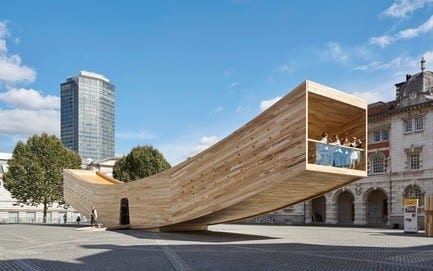
World Architecture Festival 2017 – Day One Winners of International Architecture Awards Announced
World Architecture Festival (WAF)
London, United Kingdom, 2017-11-16 –
World Architecture Festival, the world’s largest international architectural event, opened today in Berlin. The first day’s Awards category winners include a floating building on a mountain top, a hardwood ‘smile’ sculpture in London, a Turkish dairy factory and a Palestinian Museum.
The Civic – Future Projects category winner was Consulate Building, Staff Housing and School complex, in Karachi, Pakistan by edgeARCH. Judges praised the practice for the project’s “clear conceptual logic and civic presence”, commenting that it “will hopefully act as a paradigm for a new and more enlightened consular typology.”
The Civic and Community – Completed Building category was won by Eriksson Furunes + Leandro V. Locsin Partners for their Streetlight Tagpuro project in the Philippines. Alexander Eriksson Furunes was invited back together with his two partners Sudarshan Khadka and Jago Boase to rebuild the NGO Streetlight’s office, orphanage and study centre after the original premises were devastated by a Typhoon in 2013.
A floating museum in Nicosia, Cyprus designed by Pilbrow & Partners has won the Future Project award in the Competition Entries category. The architects conceived the museum as a floating deck set atop a hill offering views and protecting the archeological site below.The elevated deck and concrete veranda enable a dialogue with the archeological remains below and the judges praised the versatility and simplicity of the design.
Culture – Completed Buildings category was won by Heneghan Peng Architects’ Palestinian museum. This limestone clad museum is situated on the campus of Beret University, near Ramallah on the West Bank. The judging panel commended Heneghan Peng for “working with the contours of Palestine. Described as a “fragile terrain”, the architects have made a museum without a collection. Like the place and culture where it is situated, this building will define its purpose over time”.
Alison Brooks Architects’ landmark installation, The Smile, won the Display – Completed Buildings Display category. Designed as a temporary installation for the London Design Festival, the judges described The Smile as a small build with a big impact, a simple and powerful concept which overcomes big technical challenges to deliver a delightful installation.
The Future Projects – Experimental category was claimed by 3deluxe Transdisciplinary Design for Sharjah Observatory. Located on the edge of Mleiha National Desert Park in the UAE, this project was designed to withstand extreme weather conditions and reinterprets the geometry of a local rock.
Magi Design Studio won Health – Future Projects category for their Desa Semester philanthropic rehabilitation centre focusing on the final stage of full mental health recovery. According to the judges the Indonesian practice’s architecture shows a strong sense of social and environmental responsibility, with the existing terrain and trees being preserved without compromising the architecture. The centre is accessible via a perforated bridge.
Superlofts Houthaven in Amsterdam by Dutch practice Mark Koehler Architects is this year’s winner of the Housing – Completed Buildings category Supported by GROHE. Engaging residents was a key aspect of this scheme which is a new co-housing concept developed by Mark Koehler Architects creating a global network of local building co-operatives.
Sanjay Puri Architects were heralded winners of The Infrastructure – Future Project category Sanjay for The Bridge, India. Judges were impressed with the approach to local tradition of brick making, expressed in this project in a very contemporary way.
Bodrum Loft, by Tabanlioglu Architects claimed the prize for the Leisure-led Development – Future Projects category. The judges commended the architects’ understanding of the challenging site and historical context. The design minimises the building’s footprint through the careful arrangement of social and private spaces.
The post-earthquake reconstruction of Guangmine village by the China University of Hong Kong won the New & Old – Completed Buildings Category. The judges were impressed by the project’s huge ambition to offer extraordinary hope and promise to disaster communities.
Office – Completed Buildings was awarded to Nikken Sekkei for its Co-op Kyosai Plaza, Tokyo. Located in Tokyo, judges said the building “demonstrates many exemplary innovations. Motivated by climate change and environmental responsibility, the building represents a holistic response from planning down to final details.”
Vietnamese Vo Trong Nghia Architects claimed the Office – Future Projects category with their Viettel Offsite Studio. The Vietnamese Communication Group’s new studio is located on a slight slope between a lake and treelined landscape on the outskirts of Hanoi. The six V-shaped wall-blocks which were freely arranged follow the lay of land and are connected by an open corridor.
Production, Energy & Recycling – Completed Buildings went to Slash Architects and Arkizon Architects for The Farm of 38° 30°. The simple and sophisticated design, detailing and execution was deemed to be “beautifully expressed” by judges, who commended the Turkish project for “public and private experiences that are very well integrated.”
Winner of the School – Completed Buildings category is Andrew Burges Architects, for their East Sydney Early Learning Centre: an adaptive re-use of an existing 1920s industrial building which houses both a childcare and community centre. The judges described the project as an incredibly creative and well resolved rehabilitation building creating a mini city within an existing structure.
U.S. Bank Stadium, Minneapolis by HKS Architects was heralded winner of the Sport -Completed Buildings category and sets the precedent for large scale sport stadiums. This project provides a great venue for sporting and cultural events, while also offering plazas, parks and an observation platform connecting with the surrounding urban environment and which can be used all year-round.
Vo Trong Nghia Architects won the House – Completed Buildings award for Binh House in Ho Chi Minh City, Vietnam. The house serves as a multigenerational family home and sets a new benchmark for dense urban living. Architecturally the house draws on a strong modernist tradition.
WAF sees over 2,000 international architects descend upon its venue Arena Berlin this week.
Tomorrow will see another set of category winners announced, before WAF culminates with the glittering Gala Dinner and Awards Ceremony where the winners of the World Building, Interior, Future Project and Landscape of the Year will be announced.
Running alongside WAF is its sister event INSIDE which will showcase 2017’s most ground- breaking interiors projects. Visitors to INSIDE will be able to view this year’s best in class interiors nominations from leading practices and designers across four continents.
For more details on how to enter the WAF Awards please visit www.worldarchitecturefestival.com
@worldarchfest #WAF2017
Press, image and interview requests: Caro Communications: 020 7713 9388; @carocomms
Gloria Roberts – [email protected]
Miriam Mandel – [email protected]
Notes to Editors
Why get involved in World Architecture Festival?
WAF is where the world architecture community meets to celebrate, learn, exchange and be inspired.
World Architecture Festival is the largest, annual, international, live architectural event. It includes the biggest architectural awards programme in the world, dedicated to celebrating excellence via live presentations to an audience of high-profile delegates and international juries.
The 2017 World Architecture Festival (WAF) comprises 5 key elements:
– The WAF Awards
– A thematic conference programme
– An exhibition of Award entries
– Sponsor and exhibitor stands
– A series of networking/social events, as well as WAF fringe activities
INSIDE World Festival of Interiors runs alongside WAF, with its own awards and conference programme. Delegates have access to both events.
WAF and INSIDE are organized by EMAP, publishers of The Architectural Review and The Architects’ Journal.
Entry information:
Shortlisted entrants will compete for category prizes on the first two days of the three-day Festival, which will take place in Berlin on the 15, 16 and 17 November 2017. On the final day, category winners will present again to ‘super-juries’ of experienced and respected judges, who will decide on the World Landscape, Future Project and Completed Building of the Year Awards.
WAF Award categories:
- Civic – Future Projects
- Commercial Mixed-Use – Future Projects
- Competition Entries – Future Projects
- Culture – Future Projects
- Education – Future Projects
- Experimental – Future Projects
- Health – Future Projects
- House – Future Projects
- Infrastructure – Future Projects
- Leisure-led Development – Future Projects
- Masterplanning Future – Future Projects
- Office – Future Projects
- Residential – Future Projects
- Civic and Community – Completed Building
- Culture – Completed Buildings
- Display – Completed Buildings
- Health – Completed Buildings
- Higher Education & Research – Completed Buildings
- Hotel & Leisure – Completed Buildings
- House – Completed Buildings
- Housing – Completed Buildings
- Landscape
- Mixed-use – Completed Buildings
- New & Old – Completed Buildings
- Office – Completed Buildings
- Production, Energy & Recycling – Completed Buildings
- Religion – Completed Buildings
- School – Completed Buildings
- Shopping – Completed Buildings
- Sport – Completed Buildings
- Transport – Completed Buildings
- Villa – Completed Buildings
WAF Manifesto:
To celebrate reaching its tenth edition, World Architecture Festival organisers have this year launched the WAFX Manifesto. The Manifesto identifies key challenges which architects will need to address over the next ten years, including climate, energy and carbon; water; ageing and health; re-use; smart city technology; building technology; cultural identity; ethics and values; power and justice; and virtual worlds.
This year, WAF will identify buildings and future projects, entered for its awards programme, which also address the Manifesto issues. Special awards will be made to exemplary projects, which will be exhibited as part of a tenth anniversary exhibition featuring key winners from the past decade.
Sponsors:
WAF is proud to work with Founder Partner, Grohe, and headline partners ABB Busch-Jaeger and Miele.
– 30 –
- Caro Communications
- Gloria Roberts
- [email protected]
- +44 (0) 20 7713 9388
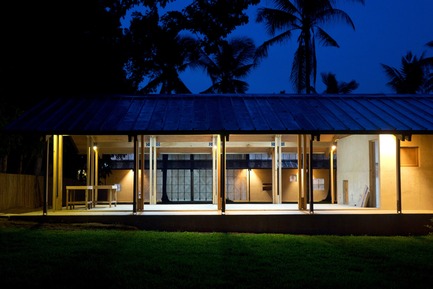
Completed Building Civic and Community
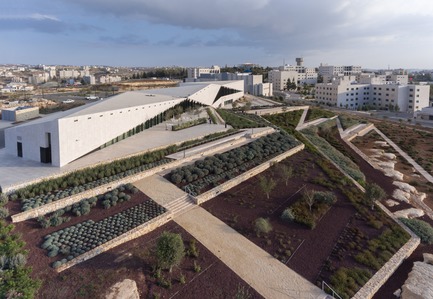
Completed Buildings Culture
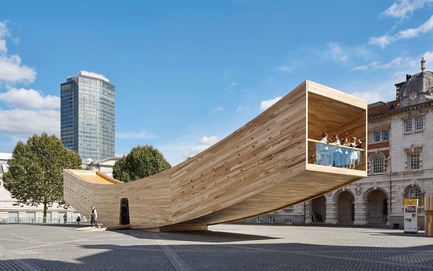
Completed Buildings Display
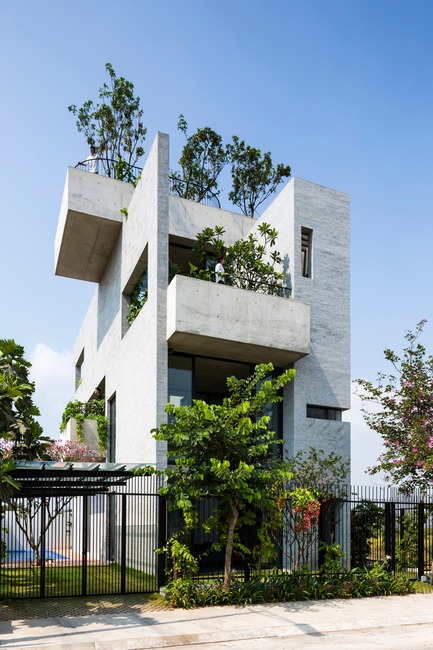
Completed Buildings House
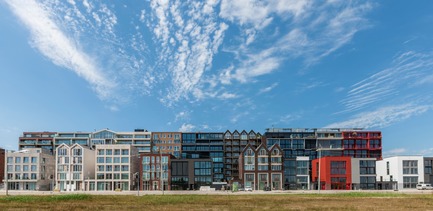
Completed Buildings Housing
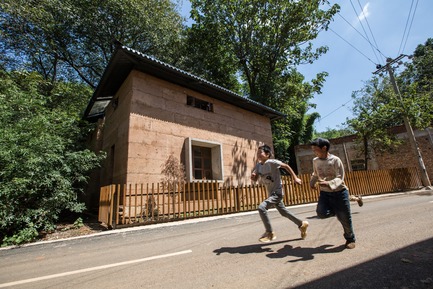
Completed Buildings New & Old

Completed Buildings Office
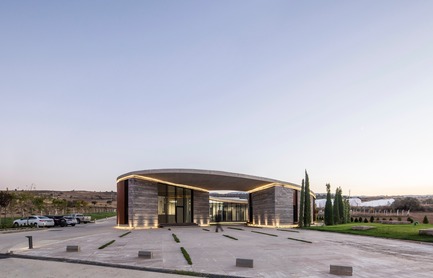
Completed Buildings Production Energy & Recycling
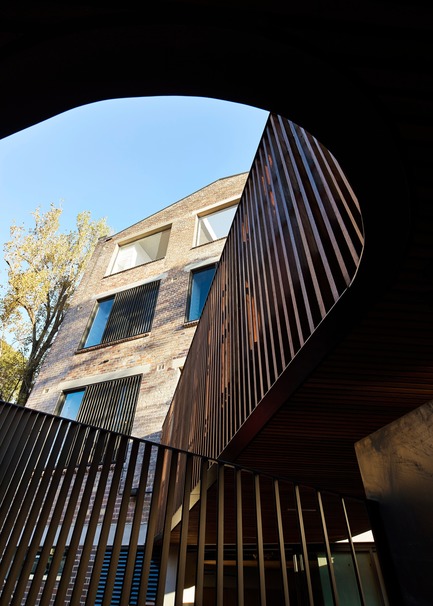
Completed Buildings School

Completed Buildings Sport
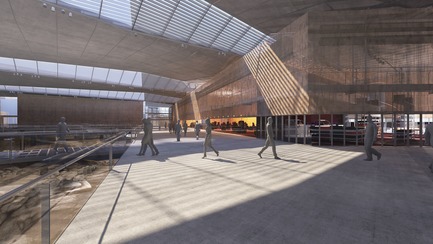
Future Projects – Competition Entries
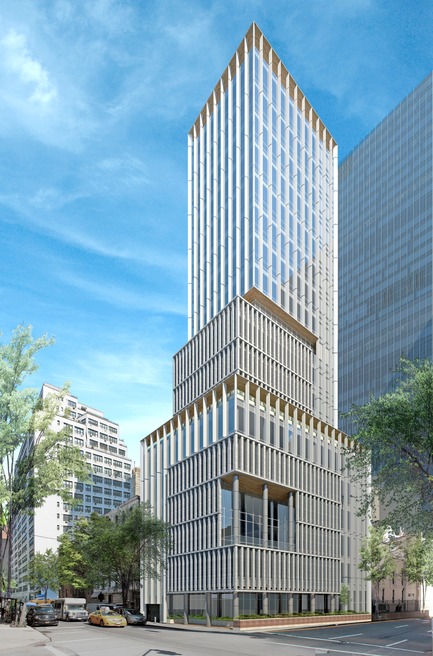
Future projects Civic
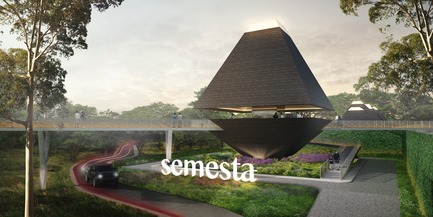
Future Projects Health
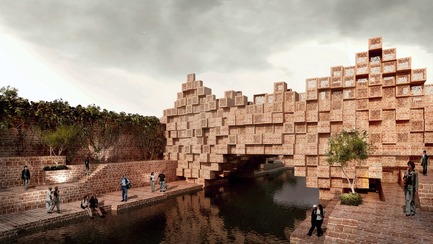
The Bridge by Sanjay Puri Architects

Future Projects Office
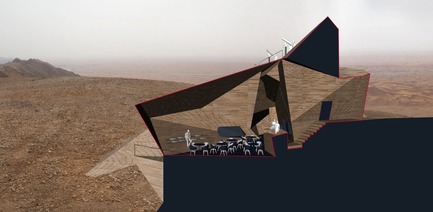
Future Projects Experimental

Future Projects Leisure-led development



